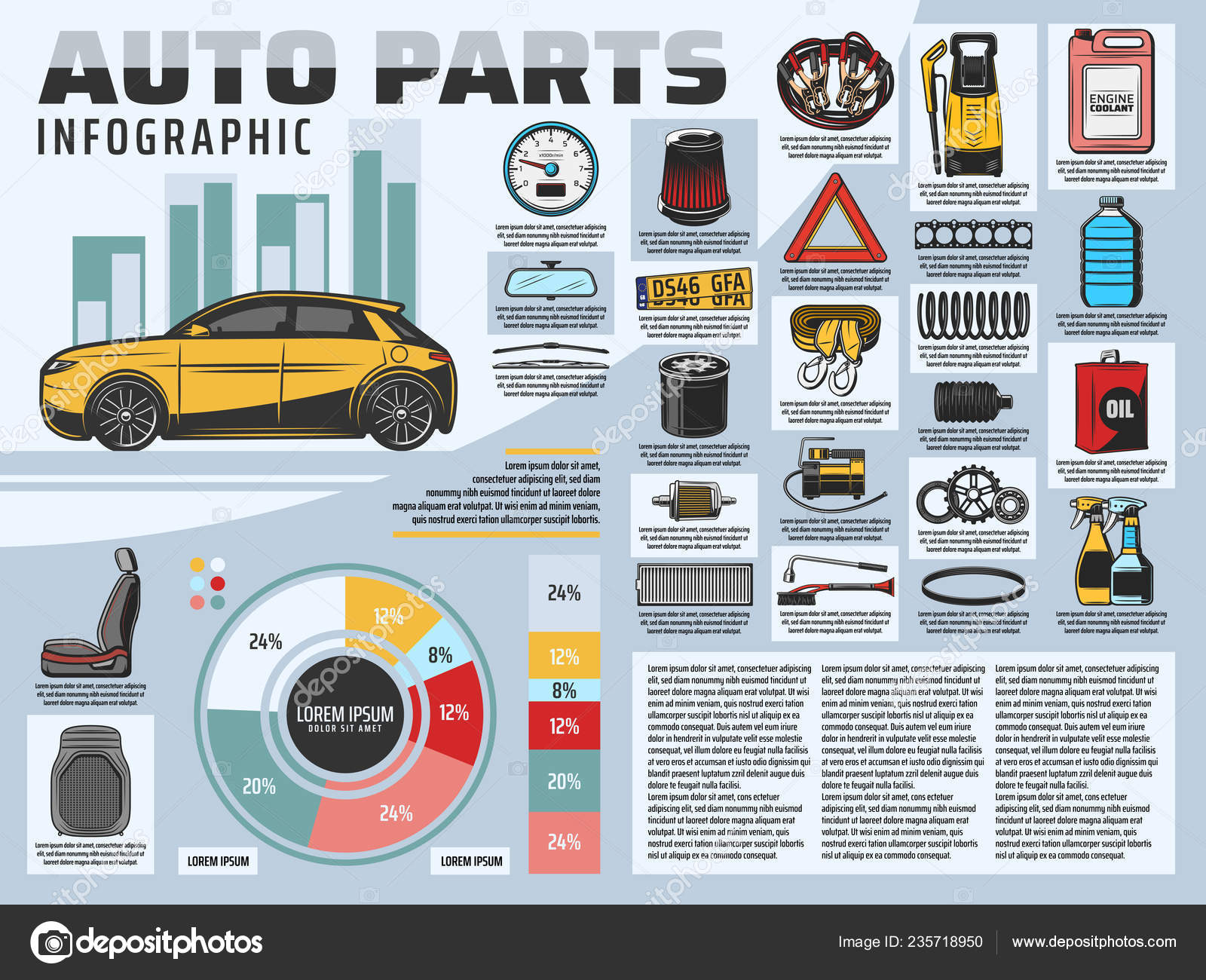Analyzing Your Car'S Warning Indicators: What They Really Convey
Analyzing Your Car'S Warning Indicators: What They Really Convey
Blog Article
Material Written By-Boye Stark
When you lag the wheel, those radiant warning lights on your dashboard can be a little bit perplexing. Do you know what they're trying to inform you about your cars and truck's wellness? Understanding the relevance of these lights is important for your safety and security and the longevity of your car. So, the following time among those lights turns up, would not you wish to decipher its message properly and take the essential actions to address it?
Common Warning Lights and Interpretations
Recognize usual warning lights in your vehicle and understand their definitions to make certain safe driving.
One of the most normal warning lights include the check engine light, which signifies issues with the engine or exhausts system. If this light comes on, it's critical to have your automobile checked immediately.
The oil pressure warning light suggests reduced oil stress, needing immediate interest to prevent engine damage.
A blinking battery light may suggest a defective charging system, possibly leaving you stranded if not resolved.
The tire stress tracking system (TPMS) light alerts you to reduced tire pressure, influencing automobile security and gas effectiveness. Neglecting this might cause harmful driving problems.
The ABS light indicates a problem with the anti-lock braking system, endangering your ability to quit rapidly in emergency situations.
Finally, the coolant temperature alerting light warns of engine getting too hot, which can cause extreme damage otherwise dealt with promptly.
Comprehending these common warning lights will certainly help you address problems immediately and maintain risk-free driving problems.
Relevance of Prompt Interest
Recognizing the typical caution lights in your vehicle is just the first step; the value of promptly resolving these warnings can't be highlighted enough to ensure your safety when traveling.
When a warning light brightens on your control panel, it's your automobile's way of interacting a potential issue that requires interest. Disregarding these warnings can bring about a lot more serious issues in the future, jeopardizing your security and potentially costing you extra out of commission.
Trigger interest to advising lights can protect against malfunctions and mishaps. As an example, a blinking check engine light could suggest a misfire that, if left unattended, might create damages to the catalytic converter. Resolving this without delay can save you from a costly fixing.
In a similar way, a brake system warning light could signify reduced brake fluid or worn brake pads, important parts for your safety when driving.
Do It Yourself Troubleshooting Tips
If you see a caution light on your dashboard, there are a few DIY repairing ideas you can try before looking for specialist help.
click this site is to consult your car's guidebook to understand what the particular caution light indicates. Sometimes the problem can be as basic as a loosened gas cap activating the check engine light. Tightening up the gas cap may deal with the trouble.
One more common problem is a low battery, which can set off numerous alerting lights. Checking the battery links for rust and ensuring they're safe might deal with the trouble.
If a caution light continues, you can attempt resetting it by detaching the automobile's battery for a couple of minutes and after that reconnecting it. Furthermore, examining your vehicle's fluid levels, such as oil, coolant, and brake fluid, can help fix alerting lights associated with these systems.
Final thought
To conclude, understanding your car's caution lights is crucial for keeping your automobile running efficiently and safely. By without delay attending to these alerts and knowing what they imply, you can avoid costly repair work and possible break downs.
Keep in mind to consult your automobile's manual for specific information on each cautioning light and act accordingly to ensure a trouble-free driving experience.
Keep notified, stay safe when traveling!
